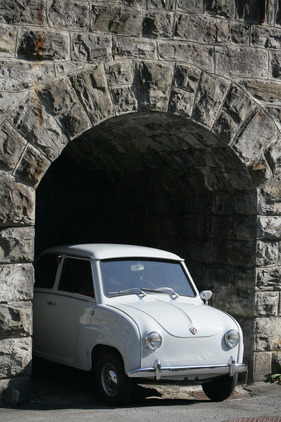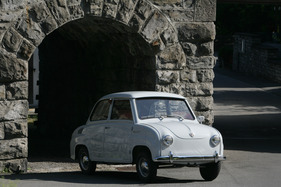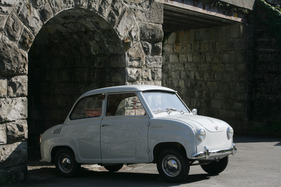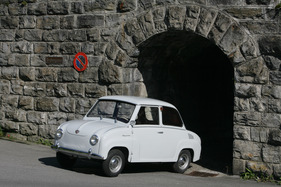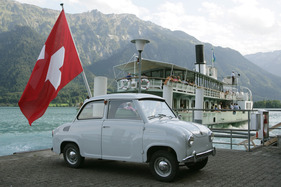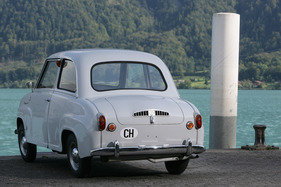Goggomobil T250 from 1960 - a small vehicle with long-distance qualities
Artikel verschenken
Jetzt abonnieren und Artikel verschenken
Machen Sie sich, Ihrer Familie und Ihren Freunden eine Freude: Mit einem Abo können Sie unbegrenzt Artikel verschenken.
PDF nicht verfügbar
Technischer Fehler
Das PDF konnte aus technischen Gründen nicht erzeugt werden. Bitte kontaktieren Sie den Kundensupport via contact us.
PDF drucken
«PDFs runterladen und drucken» ist exklusiv für unsere Premium-PRO-Mitglieder vorbehalten.
Premium Light
EUR/CHF
4.70 monthly
Premium PRO
EUR/CHF
105.00 yearly
For true classic car fans
Premium PRO 2 Years
EUR/CHF175.00 (-16%)
Amazing discount and benefits
More premium offers, including combo deals, can be found in the online shop.
Already a premium member? Log in here.
Zu Merkliste hinzufügen
Login
Premium-Abo kaufen
Premium Light
EUR/CHF
4.70 monthly
The Starter Plan
Premium PRO
EUR/CHF
105.00 yearly
For true classic car fans
Premium PRO 2 Years
EUR/CHF175.00 (-16%)
Amazing discount and benefits
More premium offers, including combo deals, can be found in the online shop.
Already a premium member? Log in here.
Sie lieben grosse Fotos? Wir auch!
Und wir wollen sie auch gerne weiterhin mit Ihnen teilen: Einfach hier kostenlos registrieren.
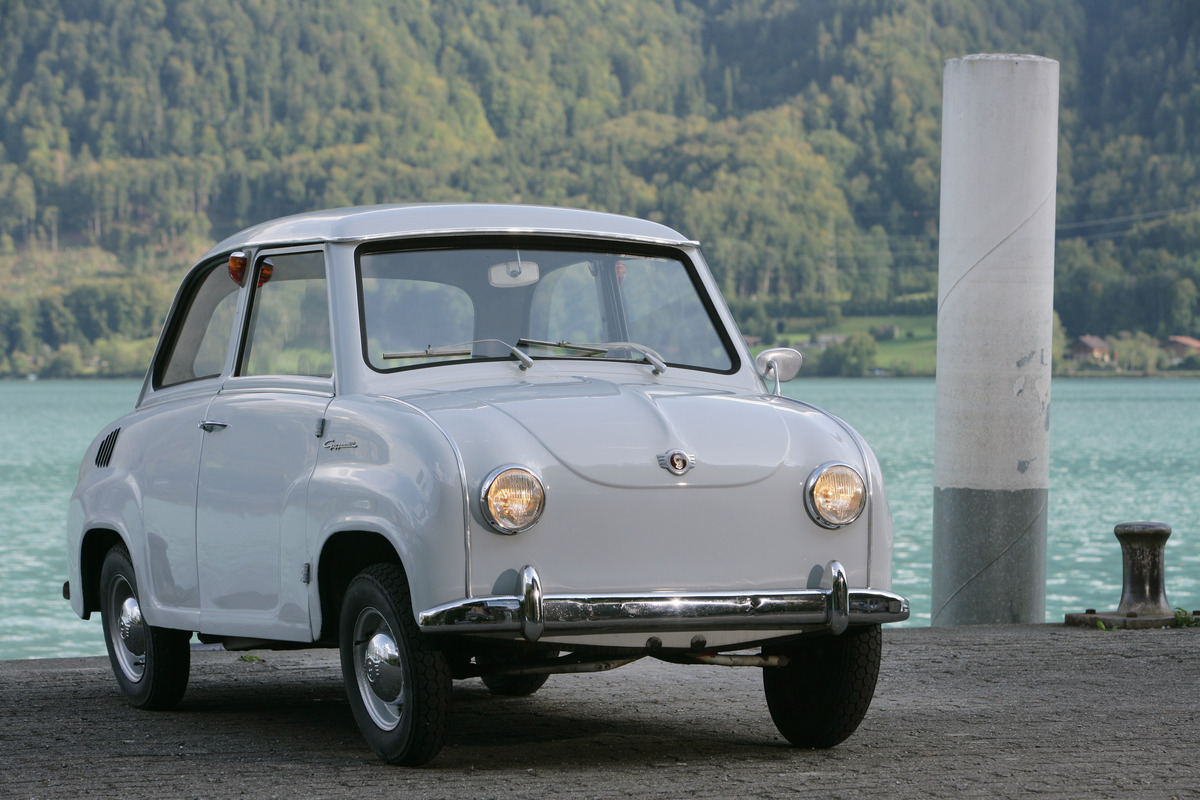
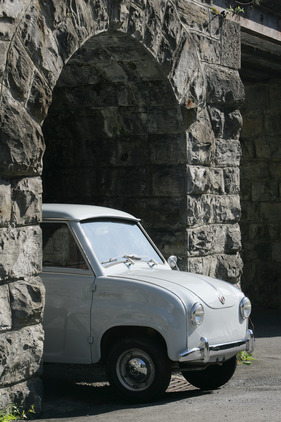

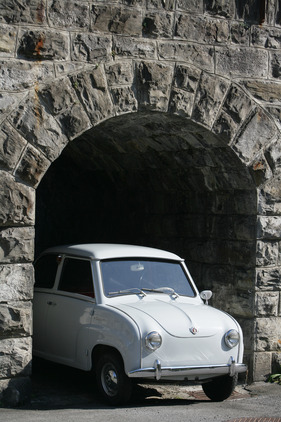

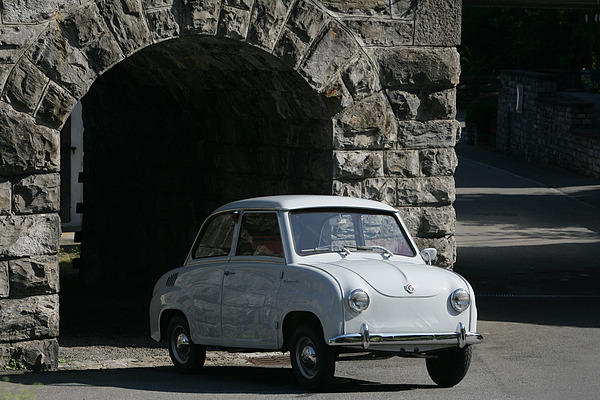
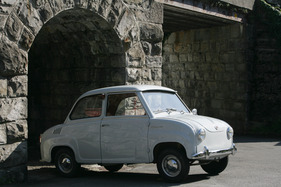

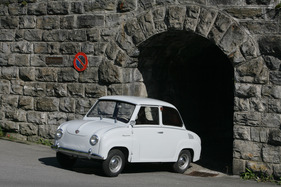



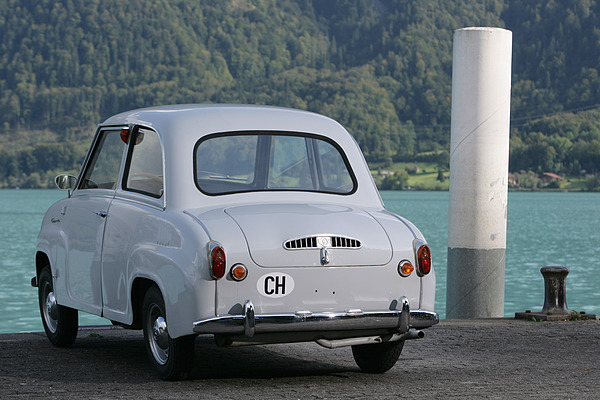
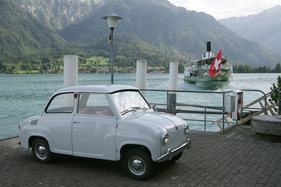

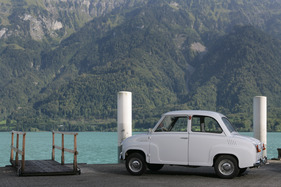

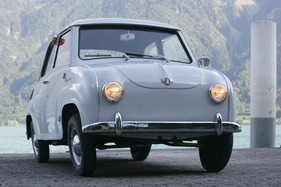

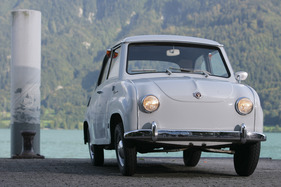

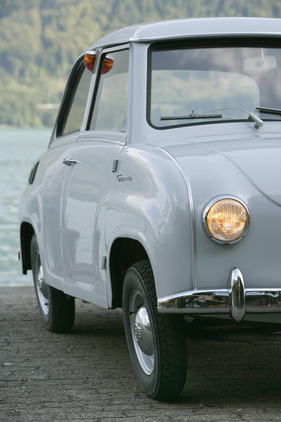

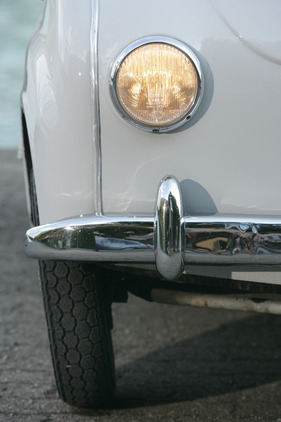

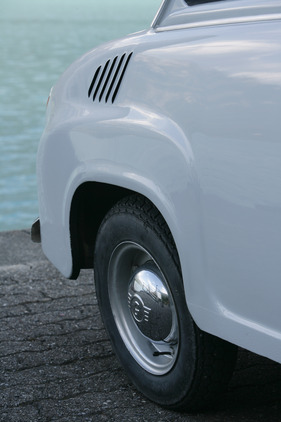

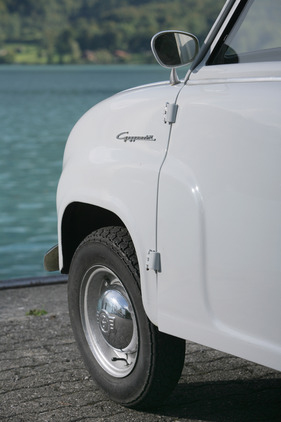

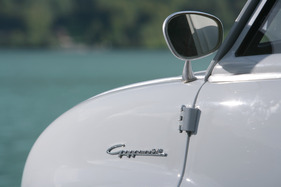

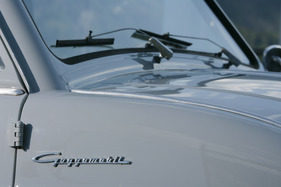

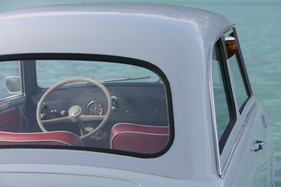

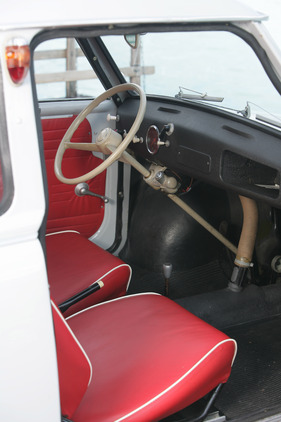

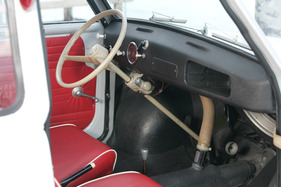

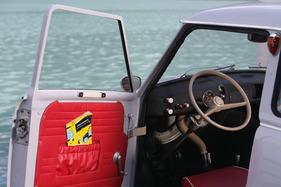

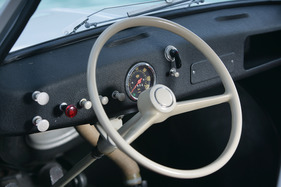

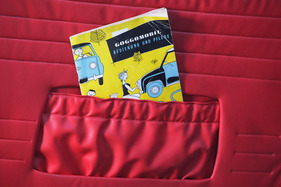

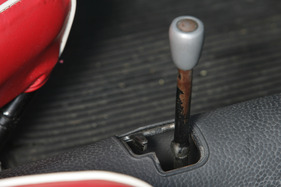

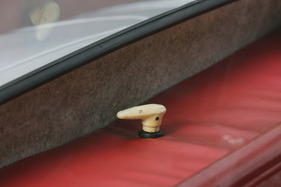

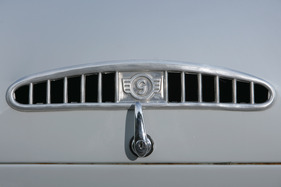

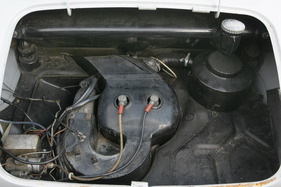

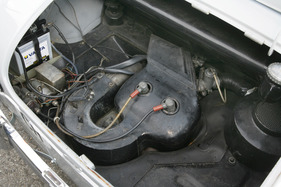

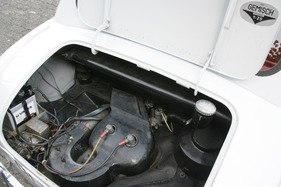

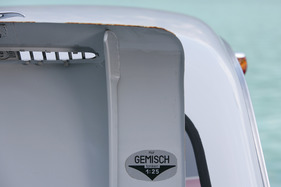

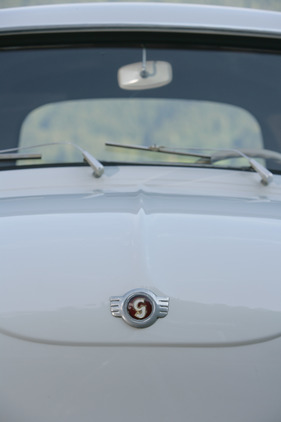

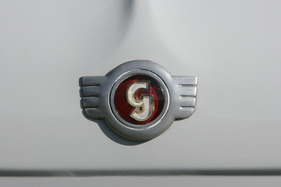

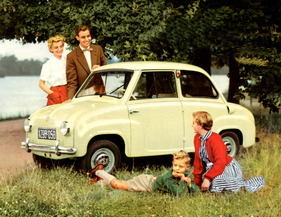

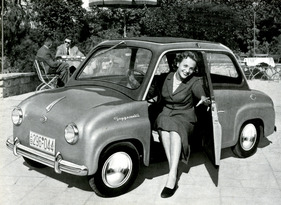

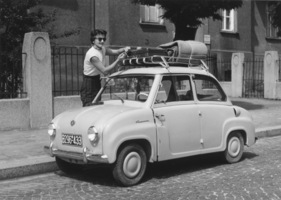



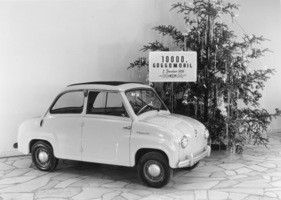

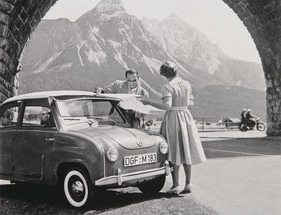

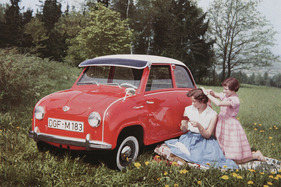

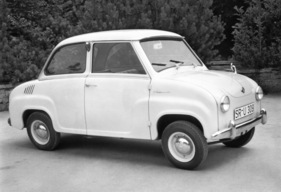

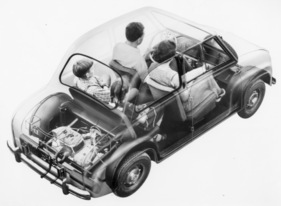

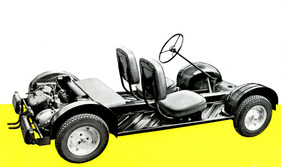

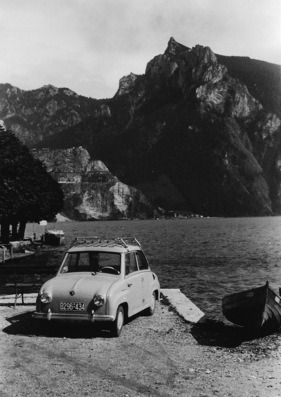

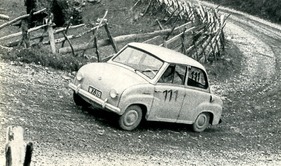

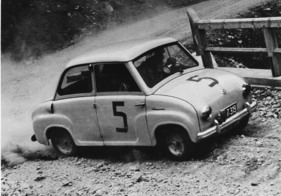

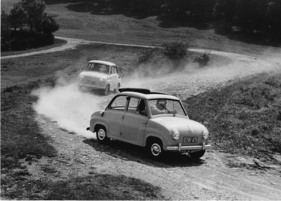

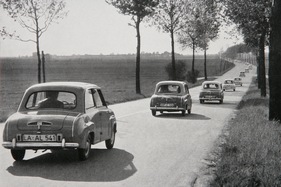

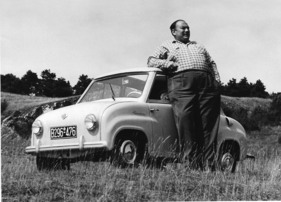

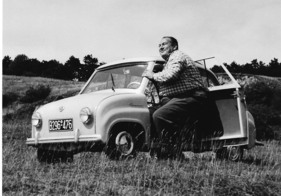





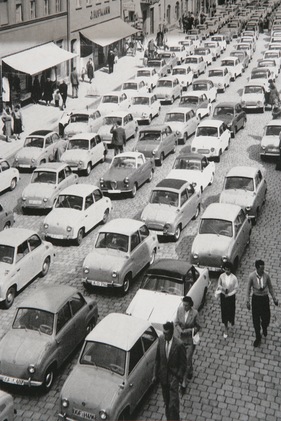

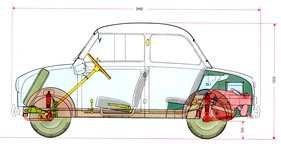

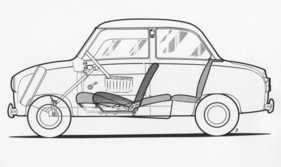

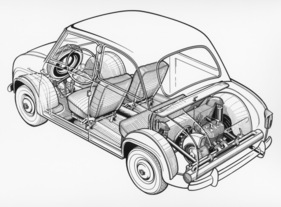

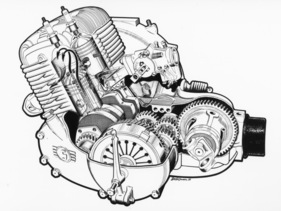

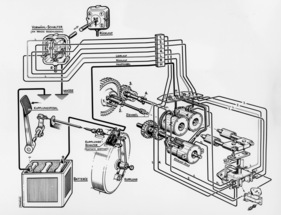

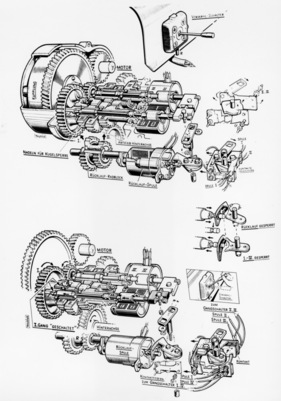

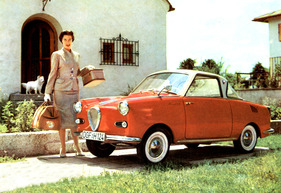

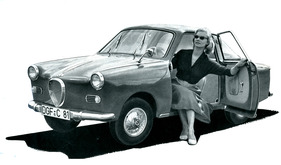

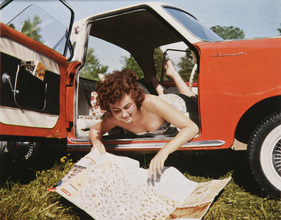

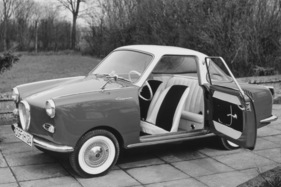

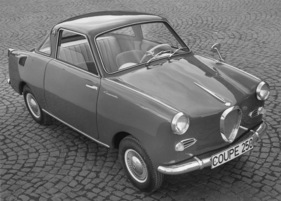

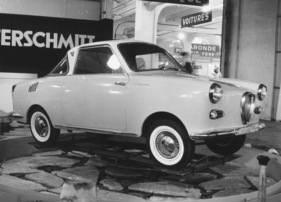

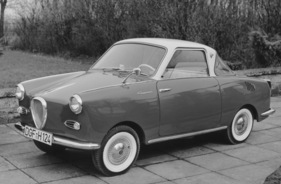

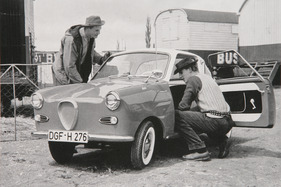

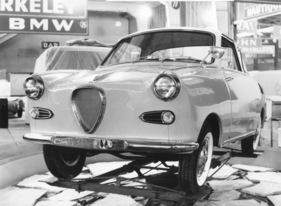

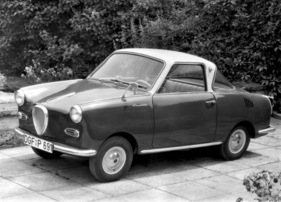

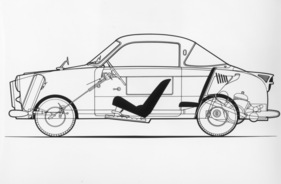

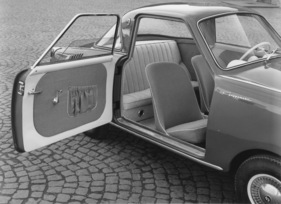

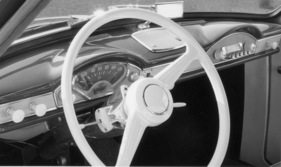

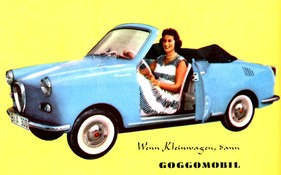

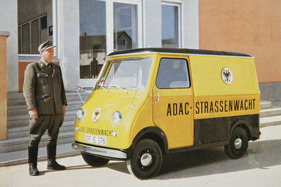

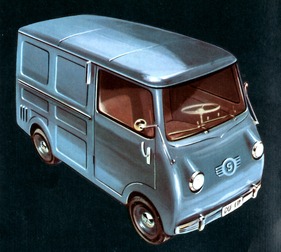

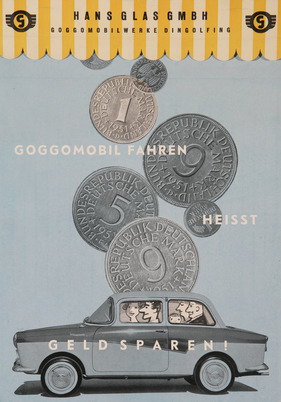

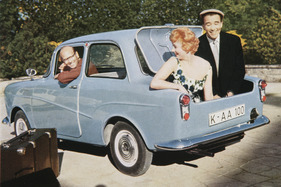

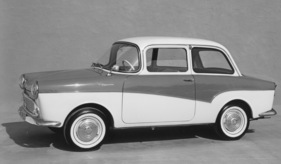

You have only
2 out of 78
images seen in high resolution
Information
To see more images in high resolution, you need to log in.
Summary
Following the success of the Goggo scooter, the Glas company began to build a four-wheeled compact automobile with motorcycle genes, the Goggomobil. This became a great success, thanks to low production and maintenance costs combined with good driving performance and comfort attributes. This report shows one of these subcompact automobiles in detail and goes into the history of the Goggomobil over a good ten years, supplemented by many contemporary and current photos, a handful of brochures and technical information.
This article contains the following chapters
- A successful small automobile
- Two doors, four seats, two cylinders and four gears
- Benevolent review by the press
- More power and real 100 km/h
- Favorable prices
- Microcar production success and decline
- Simple but unusual driving handles
- Small on the outside, spacious on the inside
- A huge increase in value
- Further information
Estimated reading time: 9min
Preview (beginning of the article)
The Glas agricultural machinery factory was founded as a family business in Pilsting in 1883. When the demand for agricultural machinery declined in the 1940s, the company had to reorient itself. As the Vespa was a huge success in Italy, it was hoped that it would have a similar effect in Germany. Under the management of Andreas Glas, a scooter with a 123 cc two-stroke engine was developed and launched on the market in 1952. The name "Goggo scooter" was derived from the nickname of one of Hans Glas' grandsons, who was called "Goggi". "Goggo" became the best-selling scooter in Germany with around 60,000 units sold. In 1956, Glas discontinued the production of two-wheelers after laying the foundations for the automobile.
Continue reading this article for free?
Unlock Premium article
Photos of this article

